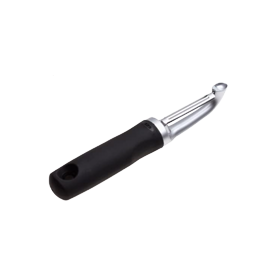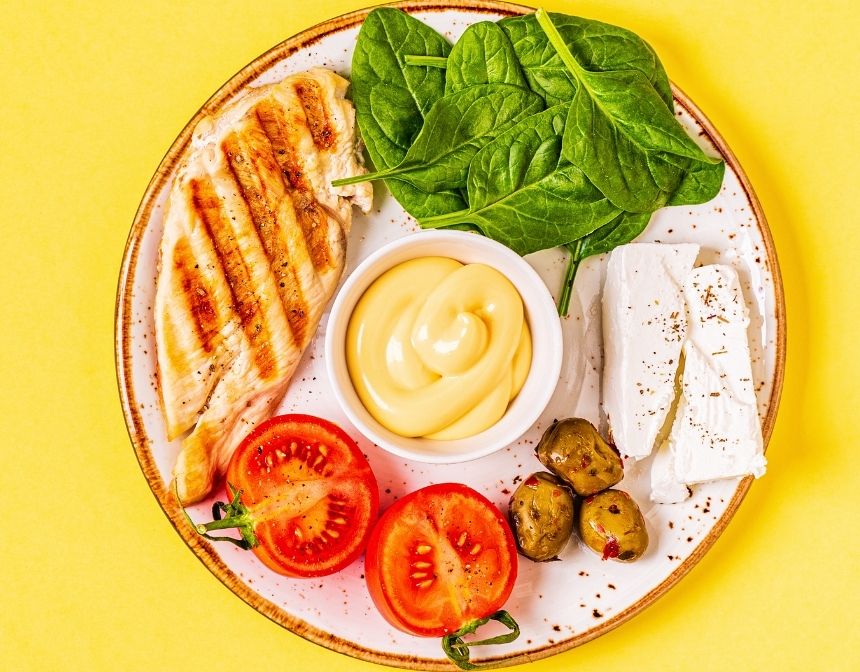What Is Bibimbap?
Bibimbap is one of the most famous Korean dishes. It is a rice bowl covered with flavored sautéed veggies, marinated and seasoned meat (typically beef), as well as a sunny side up poached egg, garnished with sesame seeds and a large amount of sweet-spicy-sour Bibimbap sauce or gochujang sauce.
Bibimbap is a nutritious food since it has a perfect balance of all three main macronutrients and a good number of calories. You may also add a wide range of pickled veggies, including a variety of micronutrients, including protein, fiber, and vitamins.
It's a rice meal with several veggies and little chunks of seasoned beef on top. Boiled white rice is combined with a variety of fresh, seasoned, and grilled vegetables, as well as uncooked or sauteed meat if preferred. An egg always accompanies this, typically served as sunny-side up, and pieces of crispy, lightly seasoned and sautéed seaweed. Pickled ingredients like kimchi or even other preserved vegetables help to add flavor. In contrast, gochujang, Korea's fermented red chili pepper sauce, adds a smoky, spicy, somewhat sweet, slightly spicy taste to the bowls. Crispy and delicious, spicy and sweet with pickled and fermented overtones, the flavors and textures are delicious and mouth watering.
How To Make a Vegan Bibimbap?
Bibimbap is a great way to use up leftover vegetables. Classic Bibimbap is usually served with a variety of vegetables and eggs. Sometimes beef is also used. When preparing bibimbap, the ingredients are cooked separately to best bring out the flavor and texture of each ingredient. Then the ingredients are seasoned. In this way, the flavors of all ingredients are preserved. Eggs and meat are not used in the Vegan Bibimbap recipe. More vegetables and tofu are used instead. It takes about 30 minutes to prepare and is therefore ideal for a weekday meal. It is healthy, simple and enjoyable. Cornstarch is indeed the main factor in crispy tofu. Cover the tofu cubes with cornmeal and fry them in a little soy sauce until crispy and golden. It is delicious and relatively simple to prepare.
What To Serve with Bibimbap?
Bibimbap can be served with side dishes such as seasoned soybean sprouts, spinach, and spicy cucumber salad, which is easy to make by combining your favorite sauces with sliced cucumber. Steamed eggplant is a great option to serve with Bibimbap.
Here are our delicious recipes that you can serve with Bibimbap:
How To Store Bibimbap?
This recipe is best served immediately. However, leftovers may be stored in the fridge for up to two days and reheated the dish using a double boiler system. Bibimbap is not suitable for freezing.
Recipe Variations
- Tofu Bibimbap: For crunchiness in bibimbap, fry the tofu in cornflour batter instead of adding chicken or beef.
- Sprouts Bibimbap: It is a kind of Vegan Bibimbap. Add a variety of sprouts such as soybean or kidney sprouts in the dish with rice, tossed and seasoned vegetables, and Korean sauce.


















































